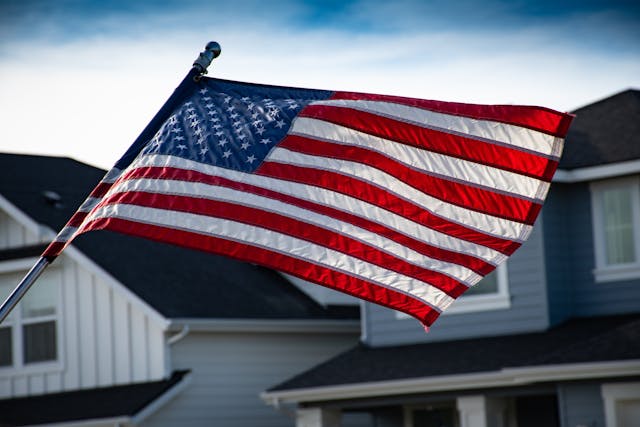Memorial Day honors people who made the ultimate sacrifice for their country. As an extension of its work supporting veterans who have been injured in combat, Wounded Warrior Project is looking back on the history of Memorial Day to ensure service members who died in defense of their county are never forgotten.
Memorial Day originated with the tradition of decorating the graves of fallen soldiers. Following the Civil War, tribute events spung up in communities around the country, typically in the spring. The first of these may have been organized by formerly enslaved people in Charleston, South Carolina.
General John A. Logan, the head of the Union veterans’ organization the Grand Army of the Republic, sought to unify these local events into a national effort. For the date of what was then known as Decoration Day, he selected May 30, possibly because flowers would be blooming in all parts of the country,
In 1868, his efforts culminated in a ceremony at Arlington National Cemetery where 5,000 attendees decorated the graves of more than 20,000 Civil War veterans. Among those in attendance was former Union general and soon-to-be US president Ulysses S. Grant.
While some states and communities recognized Decoration Day as an official holiday as early as the 1870s, it was not until the 100th anniversary of the first Decoration Day commemoration that the US government took steps to declare it a federal holiday. In 1868, Congress established what from then on would be known as Memorial Day. The passage of the Unform Holiday Monday in 1971 made the federal date of observance the last Monday in May. Memorial Day was officially held for the first time that year.
The Wounded Warrior Project encourages people to spend Memorial Day reflecting on and paying tribute to the sacrifices made by fallen service members and their families. Among those following this example is President Joe Biden, who on Memorial Day 2024 continued a long presidential tradition of laying a wreath at the Tomb of the Unknown Soldier.

